I offer A Scrum consultation hour every second Tuesday on. Here you can ask all your questions about Scrum, agility, etc. We will then discuss them together and work out solutions. In this article you will find some of the questions already discussed as well as links, book tips and helpful materials.
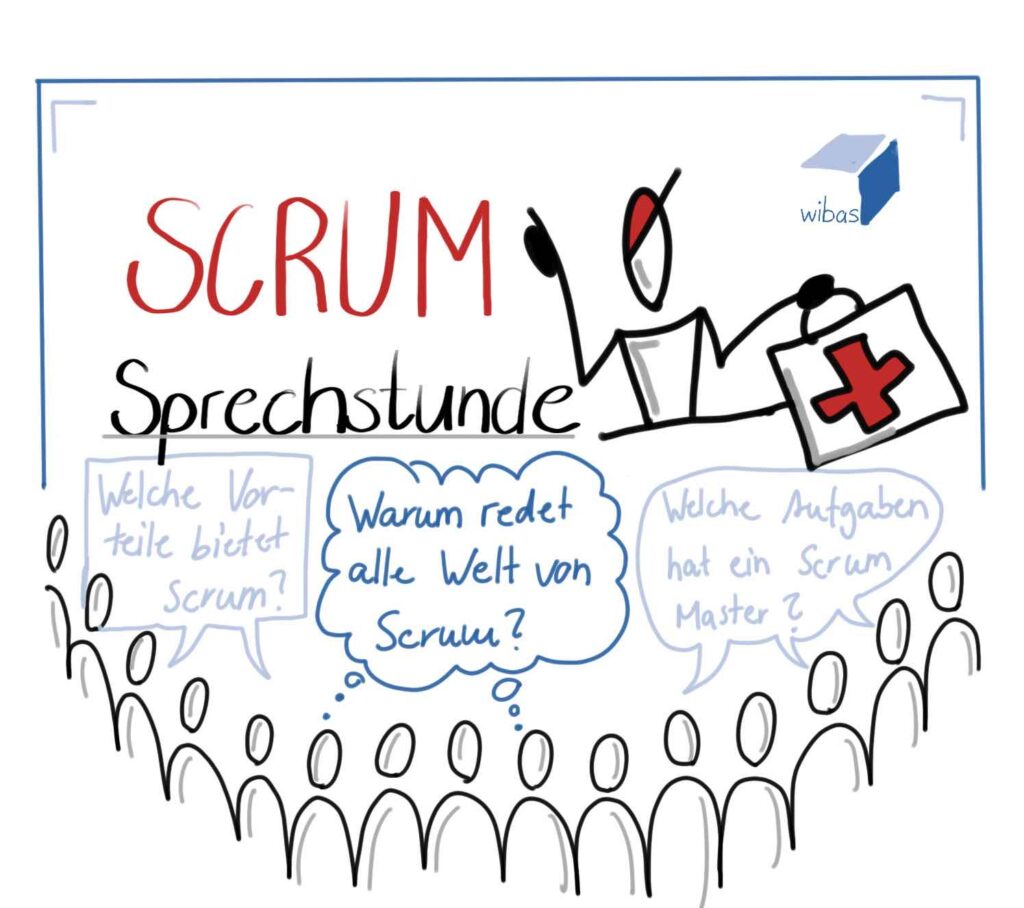
Scrum consultation hour from July 4, 2023
Premiere, our Scrum consultation starts and there were two questions we discussed. The first question revolved around the topic: "how can I really change behavior and bring the agile culture to life?" The second question focused on the challenge: "how can I get a team of internal and external people on board when many are not really participating?"
Behavior & cultural change
Here we first looked at the team level. It was about a team that is now suddenly supposed to work according to Scrum and is therefore entering new territory. In this case, role conflicts often arise and with them the question of who is actually responsible for what.
"That's your responsibility, not mine!" It often helps to clearly assign responsibilities. But how do you do that?
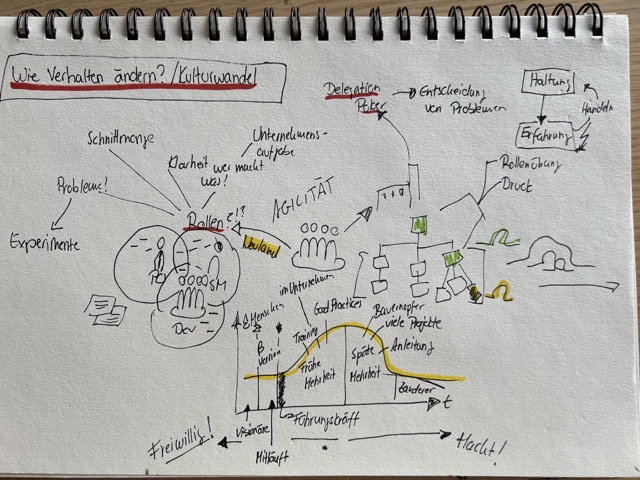
My tip: make a role-playing game out of it. The game works as follows: Write all the responsibilities of the Scrum roles on pieces of paper. One responsibility per piece of paper. Shuffle the cards and let your team divide up according to the three Scrum roles. Afterwards:
- Each team considers which role its cards fit.
- The cards that do not belong to your own role are tried to be sold to the corresponding other role.
- Joint resolution
Through this game you will achieve:
- A clear distribution of tasks
- Shared responsibilities can be discussed in more detail
The Scrum tasks can be supplemented by company-specific tasks.
From the team level, we then looked at the management level: what can management do to change behavior? The way in which decisions are made should change as part of a cultural change. But how do I take employees with me and not overburden them?
My tip here: use Delegation Poker. You can find more details here on the Management 3.0 pages.
It also helps, of course, to keep the change curve in mind and to realize that it is offset at team, department and company level.
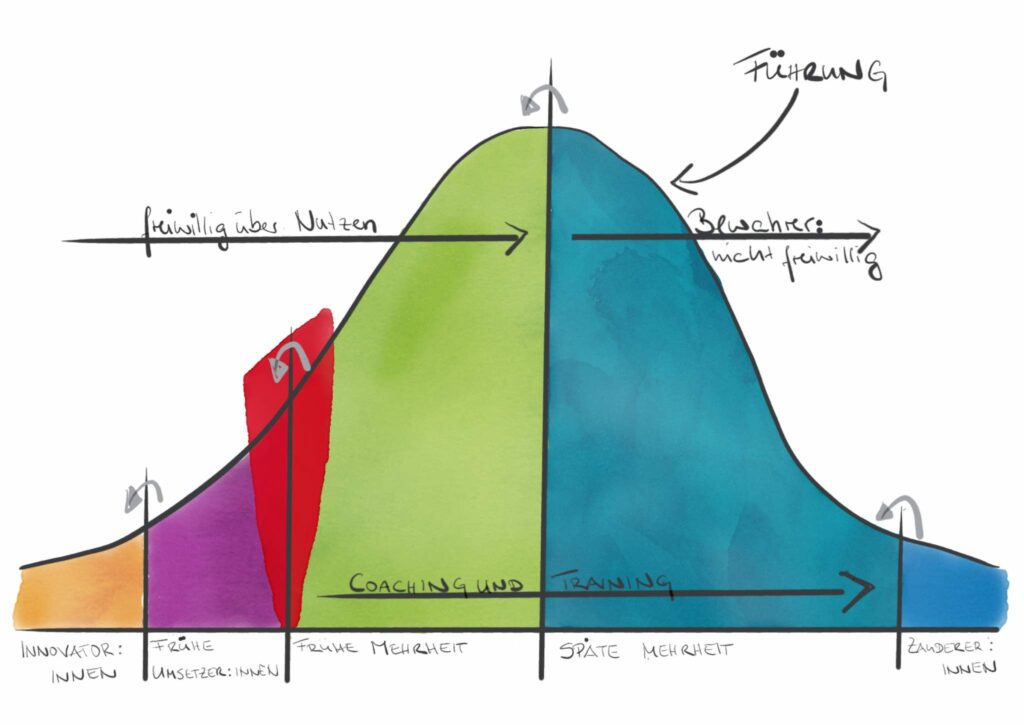
How can I get a team to work according to Scrum?
The other question we discussed was: how can I get a team to work according to Scrum, especially if not everyone wants to?
Here I can give three basic tips at high altitude:
- Clarifying the "why Scrum?"
- Joint workshop on Scrum for a common language
- Use one-on-one conversations to understand needs
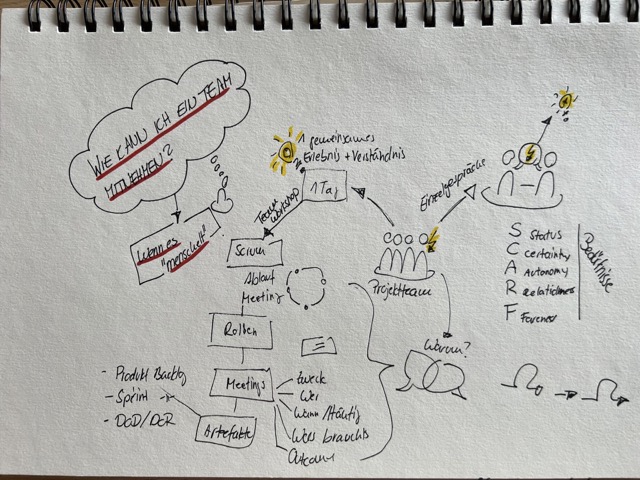
Tip 1: Clarify the "why Scrum"
Teams or team members often save themselves against Scrum if the "why are we doing this" is not clear.
Hence my tip - explain and discuss in a meeting:
- Why do you want to use Scrum?
- How does your team benefit?
- What advantages are you hoping for?
Make your answers explicit by writing them down. If the topic comes up again and again, you can take these notes out again in a retrospective and reflect on the topic with the knowledge you have acquired in the meantime.
Tip 2: Joint workshop on Scrum for a common language
It doesn't matter whether everyone already knows Scrum. The crucial point is: does everyone have the same understanding of Scrum?
In my experience, there are always small inconsistencies. So my tip: take a morning to form a common understanding of Scrum and define roles, events and artifacts for your product right from the start.
My recommendation for the agenda:
- Scrum Flow: what does the big picture look like?
- Scrum roles: who does what?
- Scrum events: what, when, with whom and why?
- Artifacts: which ones are there, why and how do we use them?
Once these 4 points have been clarified and decided, the guard rails should be in place and the discussion should move on to the content.
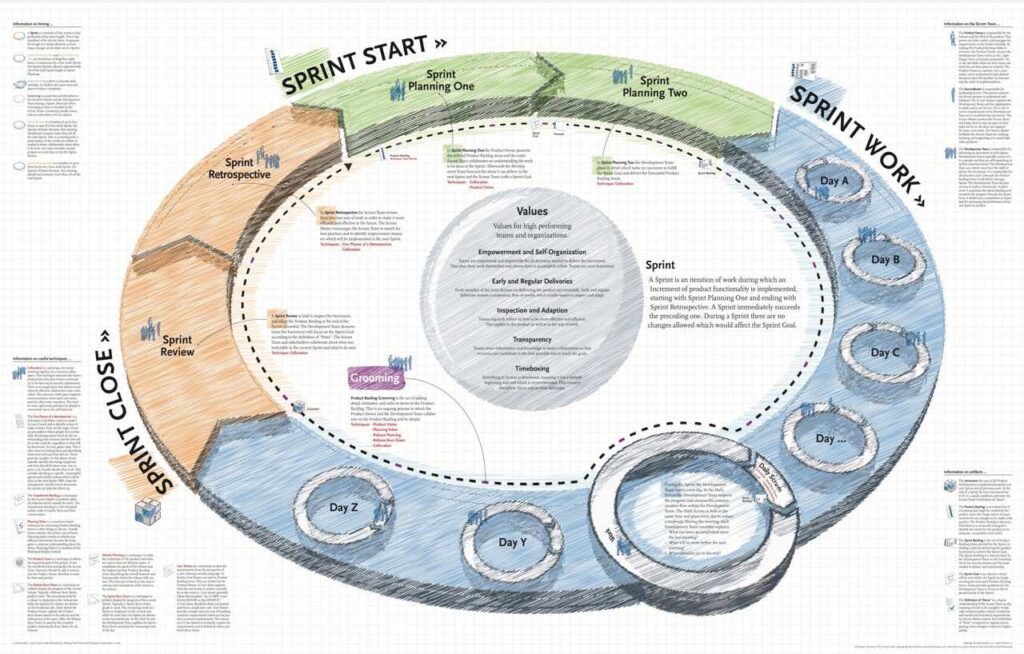
Tip 3: Use one-on-one conversations to understand needs
If there are still disagreements, the best thing to do is to drink coffee and seek individual discussions. Why does a team member react like this? How can I help?
It can be helpful to keep the central human needs in mind and address them by asking questions during the conversation. I like to use the SCARF model for this:
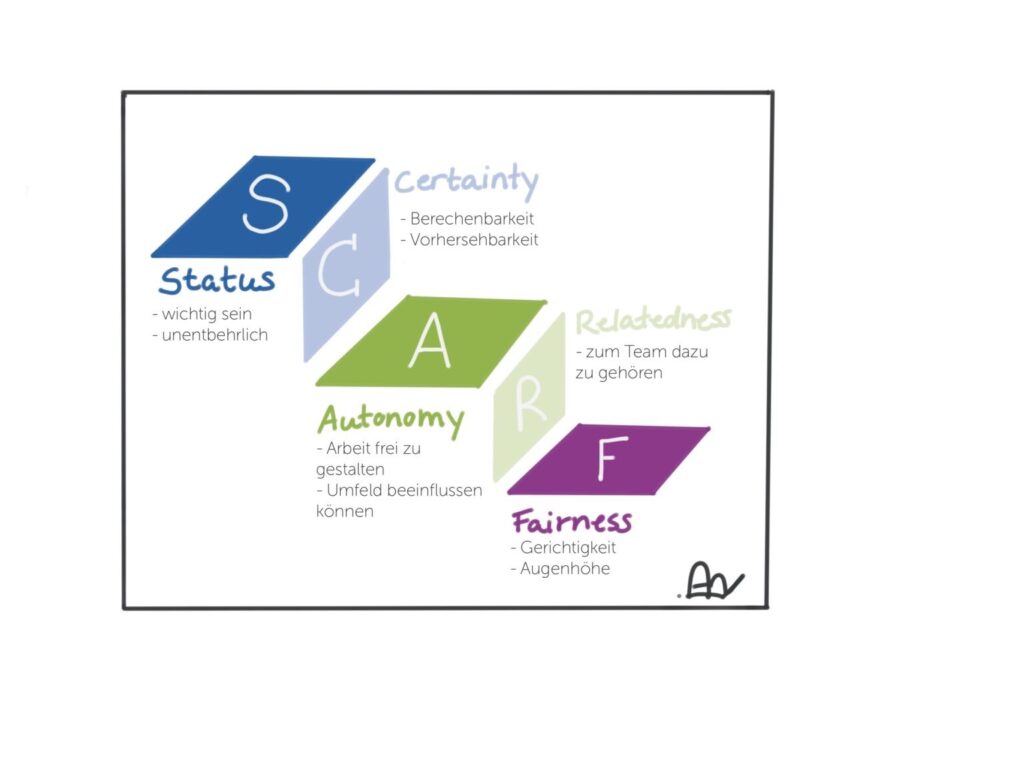
Would you like to take part in the next Scrum consultation? Here you can find the Link to the Zoom review. If you don't want to miss any information about similar meetings or events, follow our wibas company profile on LinkedIn.

Write a comment